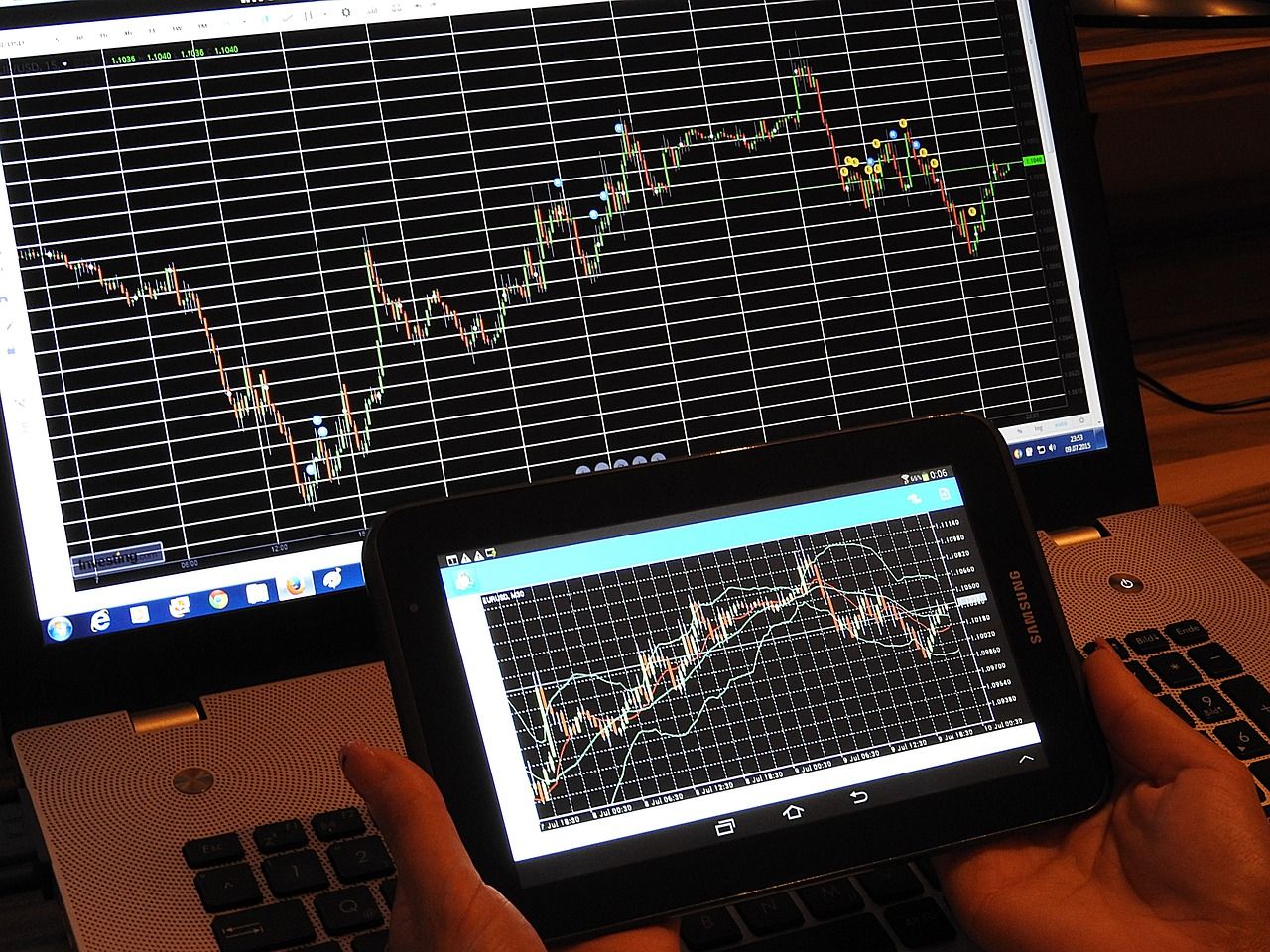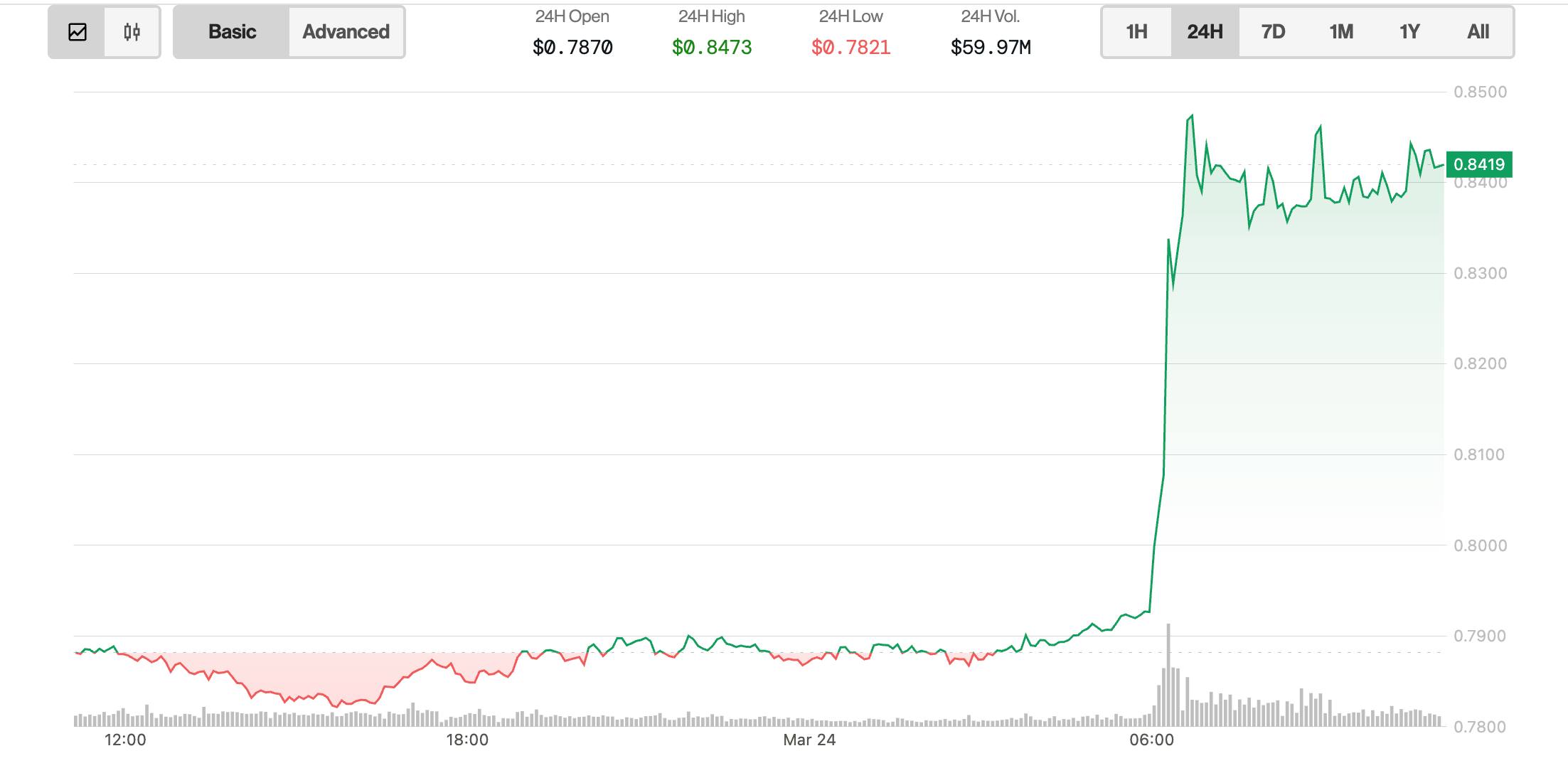HodlX Guest Post Submit Your Post
The term ‘store of value’ is often treated as static something an asset either is or is not. But in reality, this designation is earned, not declared.
It emerges from collective behavior, infrastructure maturation and social consensus. Gold wasn’t born a store of value it became one over centuries of trust, utility and institutionalization.
Furthermore, even assets that were once synonymous with broken dreams and vaporware can become part of the store of value narrative.
In the early 2000s, tech stocks were associated with unsustainable speculation. But here we are two decades later tech companies account for nearly half of the S&P 500, the benchmark index for generational value.
Both gold and tech stocks went through periods when they were misunderstood or even mocked.
Yet, they endured, not because they avoided speculation and volatility, but because over time they proved structurally relevant.
Bitcoin appears to be walking the same path.
Proven value-keeping and resilience
By design, Bitcoin incorporates many store of value fundamentals, including scarcity, portability and divisibility.
However, some aspects can’t be embedded they require time to prove. One of these is the ability to hold value across time.
A good way to assess this is through reverse pricing. For instance, if priced in gold, the US dollar and Euro have lost around 66% of their value since 2016, and these are among the most stable fiat currencies.
Adding Bitcoin to the mix makes fiat currencies appear even weaker, having lost over 99% of their value relative to Bitcoin, as it outperformed gold by nearly 80 times over the same period.
Another store of value aspect that requires time-testing is the ability to withstand crises. So far, Bitcoin has shown solid resilience during turbulent periods, sometimes outperforming traditional assets.
One illustrative example is Bitcoin’s behavior during Donald Trump’s tariff-related market turmoil.
In the week following ‘Liberation Day,’ Bitcoin outperformed the S&P 500 and Nasdaq 100, as well as APAC and European equities. It later surpassed gold as well, recording a 13% monthly gain.
While some on Wall Street found this “impressive,” historical data suggests it’s more of a pattern than a coincidence.
Even after the COVID-19 outbreak, when Bitcoin lost over 30% in a single week, it managed to recover and began outperforming the broader market in less than two months.
Decreased volatility and increased liquidity
The core criticism against Bitcoin as a store of value centers on its volatility. But volatility is not fixed it evolves with adoption and market integration.
Gold was highly volatile during the 1970s and early 1980s as it re-monetized after the end of the Bretton Woods system.
Similarly, Bitcoin has experienced volatility in its early stages while finding its place in the financial landscape. But that volatility is consistently declining.
In 2024, Fidelity noted that Bitcoin was less volatile than 33 stocks in the S&P 500, and that its volatility has been steadily decreasing as the asset class matures and its market cap grows.
In 2025, this trend continued, with lower volatility peaks being recorded.
As a result, Bitcoin now offers more stability than explosive growth, with a CAGR aligning more closely with gold and other store of value assets.
Bitcoin’s growing institutional adoption and liquidity have been key drivers behind this shift. Over the past year, Bitcoin’s two-percent market depth on spot markets increased by 60%.
Most of it came from US-based exchanges, which are increasingly focused on institutional clients. This also led to Bitcoin’s trading volume being more concentrated around US trading hours.
Another factor is the increasing dominance of long-term holders, particularly with each new four-year halving cycle.
These holders are generally indifferent to daily price movements and display relatively passive market behavior.
This means that a store of value narrative surrounding Bitcoin is gradually pushing away the one focusing on short-term speculation.
Final thoughts
Bitcoin is still widely perceived as a volatile, high-risk asset,and there are valid reasons for that. But it would be careless to ignore its ongoing evolution toward becoming a legitimate store of value.
No other asset is even attempting to secure this status, let alone getting as close.
However, Bitcoin’s journey is far from over. Investors may want to periodically reassess their perspectives.
Many views once used to define Bitcoin are becoming outdated. So instead of replaying the same old track, perhaps it’s time to take another look,with a long-term lens.
Oleksandr Lutskevych is the founder and CEO of CEX.IO.
Follow Us on Twitter Facebook Telegram

Disclaimer: Opinions expressed at The Daily Hodl are not investment advice. Investors should do their due diligence before making any high-risk investments in Bitcoin, cryptocurrency or digital assets. Please be advised that your transfers and trades are at your own risk, and any loses you may incur are your responsibility. The Daily Hodl does not recommend the buying or selling of any cryptocurrencies or digital assets, nor is The Daily Hodl an investment advisor. Please note that The Daily Hodl participates in affiliate marketing.
Generated Image: Midjourney



















